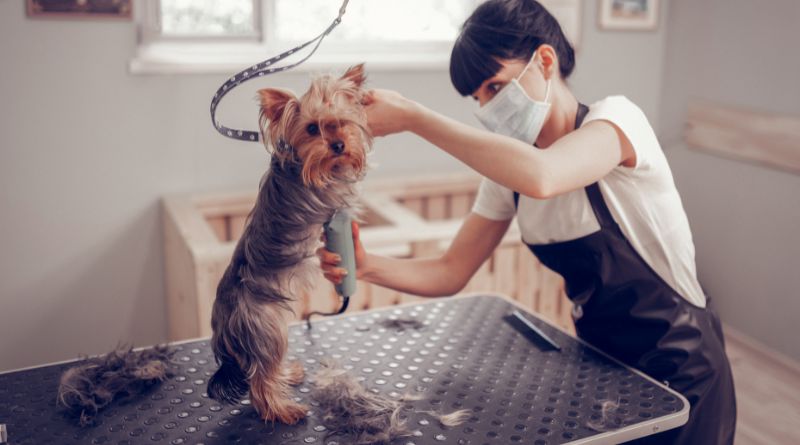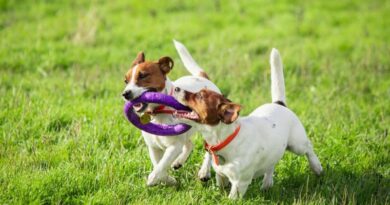How to Groom Your Dog at Home – Embarking on the journey of grooming your dog at home can be a rewarding and bonding experience. With the right techniques and a little patience, you can keep your furry friend looking and feeling their best. In this comprehensive guide, we’ll walk you through 10 simple tips for effective dog grooming.
From brushing to nail trimming, we’ve got you covered. Say goodbye to expensive salon visits and hello to a happy, well-groomed pup in the comfort of your own home. Let’s dive into the world of DIY dog grooming and create a spa-like experience for your canine companion.
How to Groom Your Dog at Home: 10 Simple Tips
Grooming your dog at home can be a fulfilling and cost-effective way to ensure your furry friend looks and feels their best. Before diving into the grooming process, gather the necessary supplies: dog-specific shampoo, brushes, nail clippers, ear cleaning solution, and towels.
Setting up a calm and comfortable space is important for a good grooming session. Begin by introducing your dog to the grooming tools gradually, rewarding them with treats and positive reinforcement to associate the experience with positivity.
1. Brushing:
Brushing your pet’s fur on a regular basis is important for keeping it healthy and reducing shedding. Brush your dog’s fur using the appropriate brush for their coat type. For longer-haired breeds, use a slicker brush to prevent matting, while a bristle brush works well for shorter-haired breeds. Brushing not only removes loose fur but also stimulates blood flow and distributes natural oils, keeping the coat shiny and healthy.
Also Read:- Types Of American Bully Dogs
2. Bathing:
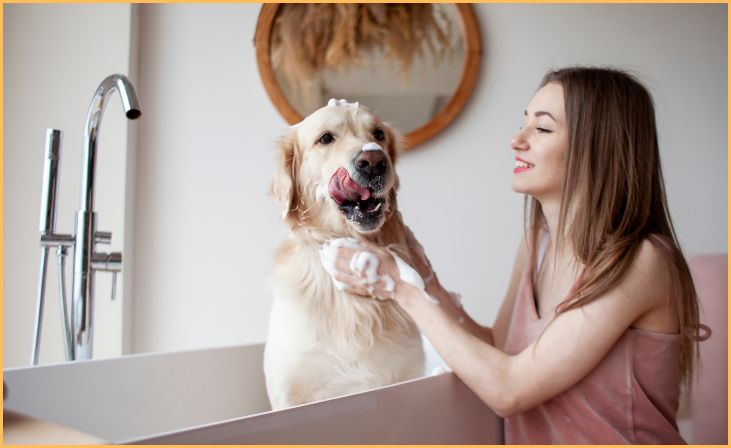
Choose a dog-specific shampoo and ensure the water is lukewarm. Wet your dog thoroughly, lather with shampoo, and rinse well. Be mindful of sensitive areas like the ears, eyes, and nose, avoiding soap contact. Towel-dry your dog gently, and consider using a hairdryer on low heat if your dog is comfortable with it. The frequency of baths depends on your dog’s breed and activities, but generally, once every 4-6 weeks is suitable.
3. Nail Trimming:
Regular nail trims are essential to prevent discomfort and potential injuries. Use a dog nail clipper or grinder, being cautious not to cut into the quick (the blood vessel inside the nail). If your dog’s nails are clear, you can see the quick as a pink spot. If you aren’t sure what to do, trim little bits at a time. If your dog is uncomfortable with the process, consider seeking guidance from a professional groomer or veterinarian.
4. Ear Cleaning:
Maintain clean ears by gently wiping the earflaps and visible parts of the ear with a damp cotton ball or pad. Anything put into the ear canal can hurt it, so don’t do it. You should see your doctor if you notice redness, swelling, or a strange smell. Ear cleaning frequency varies by breed, with some dogs requiring more frequent attention than others.
5. Teeth Care:
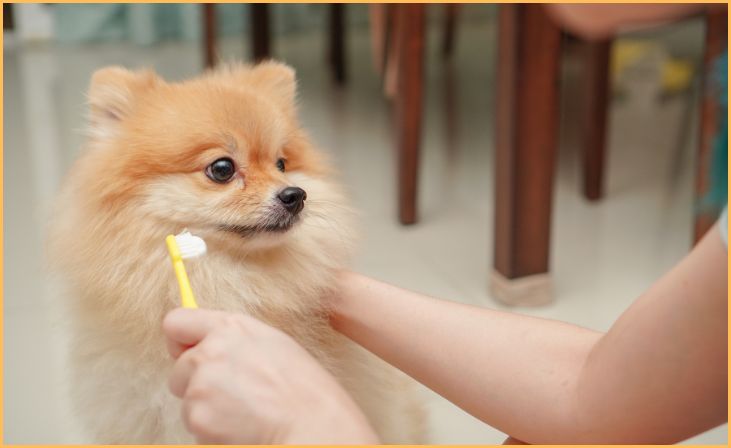
For your dog’s general health, regular dental care is very important. Introduce tooth brushing gradually using a dog toothbrush and toothpaste. Brush your dog’s teeth several times a week to prevent plaque and tartar buildup. Dental chews and toys can also contribute to oral health. If you encounter difficulties, consult your vet for alternative dental care options suitable for your dog.
Also Read:- Guard Dog Breeds
6. Eye Care:
Keep your dog’s eyes clean by gently wiping away any discharge or tear stains with a damp, soft cloth. If your dog’s eyes appear red or irritated, consult your vet for proper evaluation and treatment. Avoid using human eye drops without veterinary guidance, as they may not be suitable for canine eyes.
7. Grooming Specific Breeds:
Different breeds have unique grooming needs. Research and understand the specific requirements for your dog’s breed to ensure you are providing appropriate care. Some breeds may need professional grooming for specific tasks, such as hand-stripping or specialized coat trims.
8. Patience and Positive Reinforcement:
Grooming sessions should be approached with patience and positivity. Reward your dog with treats and praise during and after each grooming task. If your dog starts to feel nervous or stressed, take a break and come back later. Building a positive association with grooming ensures a smoother and more enjoyable experience for both you and your dog.
9. Regular Health Checks:
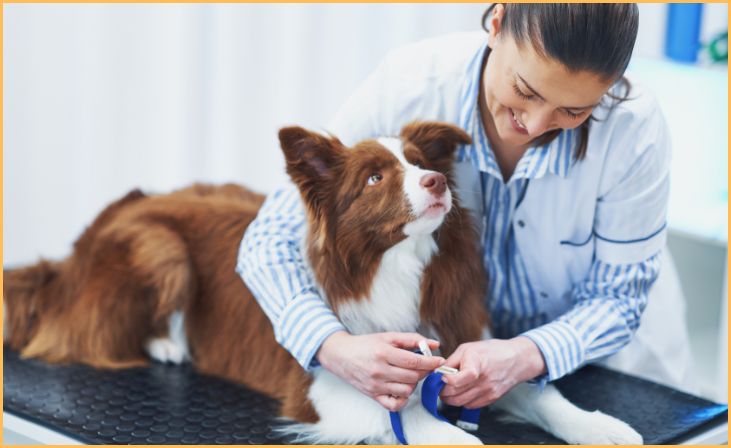
Grooming provides an opportunity to perform regular health checks. Inspect your dog’s skin for lumps, bumps, or signs of parasites. Check ears for redness or excessive wax, and examine teeth and gums for any abnormalities. Detecting health issues early allows for prompt veterinary intervention.
10. Professional Help:
While grooming at home is beneficial, certain tasks may require professional expertise. If you are unsure about specific grooming procedures or encounter challenges, seek guidance from a professional groomer or consult your veterinarian. They can provide valuable tips, demonstrate techniques, and address any concerns about your dog’s grooming routine.
By incorporating these 10 simple tips into your at-home grooming routine, you’ll not only enhance your dog’s well-being but also strengthen the bond between you and your beloved pet. Remember, patience, consistency, and a gentle touch are key to making the grooming experience a positive one for both you and your furry friend.
Also Read:- Ratter Dogs Breeds
Conclusion
Congratulations on taking the plunge into at-home dog grooming! By following these 10 simple tips, you’ve not only saved money but also nurtured a stronger bond with your canine companion. Remember, grooming is not just about appearance; it’s about your dog’s well-being.
Enjoy the satisfaction of a happy, clean pup and relish the moments of connection during each grooming session. With the right tools and a gentle touch, you’ve become your dog’s personal groomer, ensuring they look and feel their best. Happy grooming!
FAQs
Regular grooming sessions are recommended, typically every 4-6 weeks, but frequency may vary based on your dog’s breed and coat type.
It’s best to use a dog-specific shampoo, as human shampoo may irritate your dog’s skin. Choose a mild, hypoallergenic option for optimal results.

